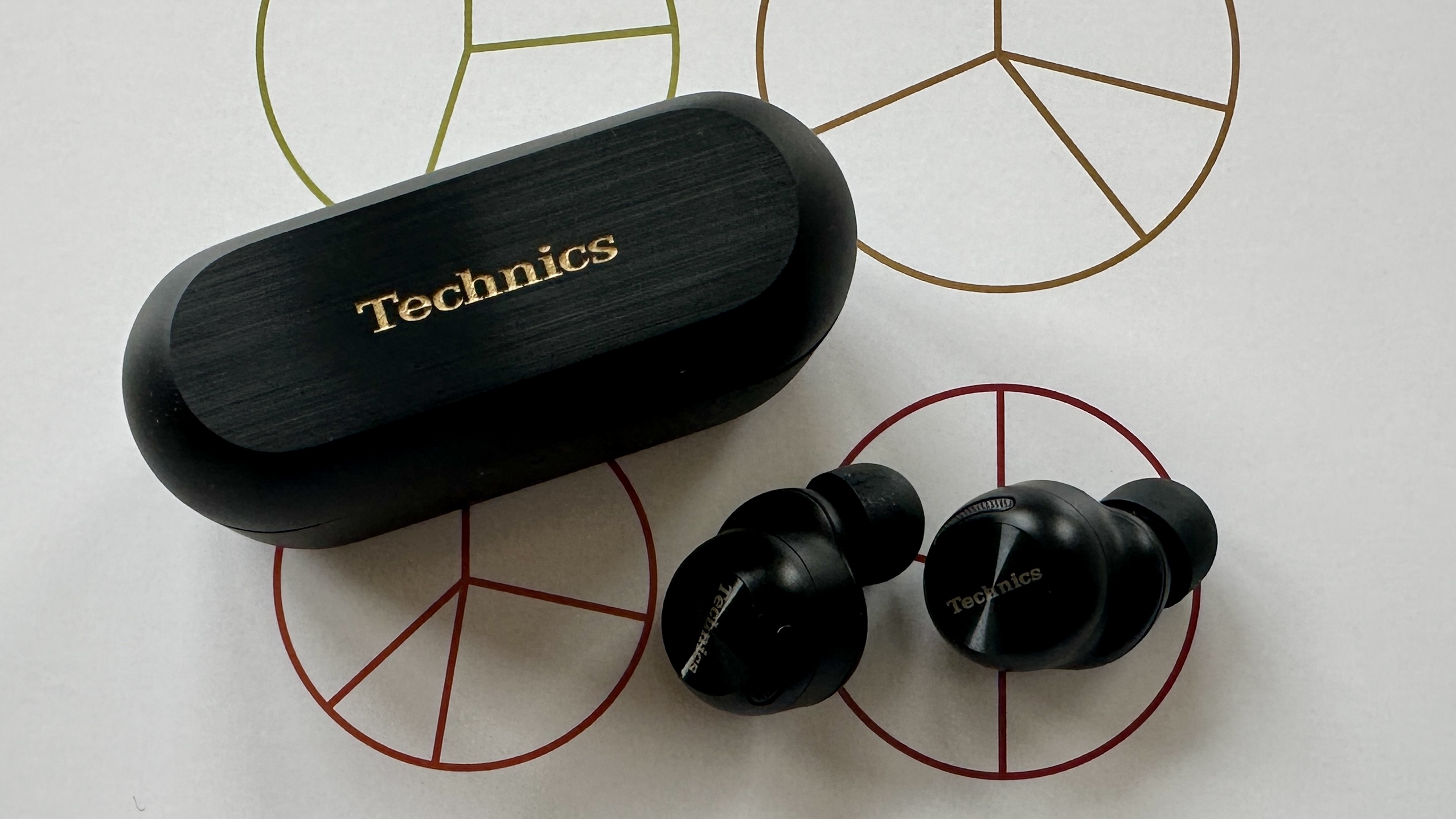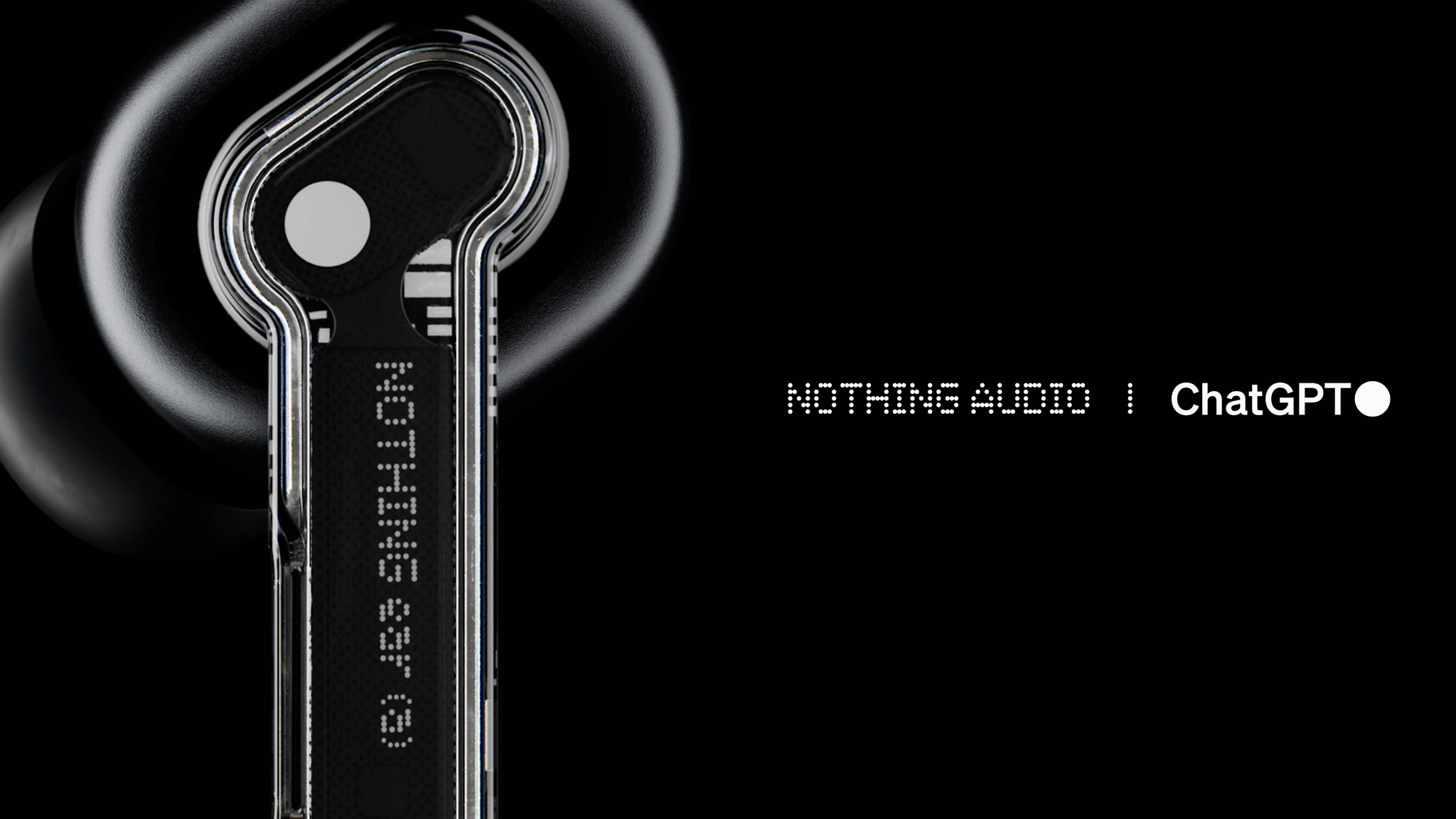AI in your earbuds: what it means, the types of AI available, what's in the pipeline – and how you can avoid it if you want
From smarter sound to real-time translation, here’s what AI can do in your ears

AI is everywhere these days, including in your earbuds and headphones. Eagle-eyed readers might have seen “AI” splashed across ads and marketing messages for audio tech already. Like, AI-powered spatial audio, AI-enhanced noise-cancelling, AI assistants at the touch of a button. But what does it actually mean to have “AI” in your ears?
The answer isn’t as straightforward as it sounds. That’s because AI is an incredibly broad term, and in audio tech it can also cover a mix of features. From adaptive noise-cancelling and live translation to personal sound profiles and voice assistants.
In this guide, we’ll break down what AI in audio really is, the types you’ll find in today’s earbuds, what’s coming next, and also how to steer clear of AI if you’d rather keep things simple.
The different types of AI in your earbuds
If you see the term “AI” used in relation to earbuds or headphones, it refers to the integration of machine learning and algorithms to improve your listening experience in some way.
The main improvement, as you’d expect, is to help your earbuds deliver excellent audio. Whether that’s about using AI to provide the best spatial audio, personalizing your listening experience, improving call clarity or enhancing ANC. Different earbuds will have different algorithms to enhance the sound in different ways.
For example, AI-powered noise cancellation is when AI algorithms are designed to analyze ambient noise in real time and then automatically adjust cancellation settings for optimal performance. The result is better silence, cleaner-sounding audio and less fiddling with manual modes.
For example, the Samsung Galaxy Buds 3 Pro use Samsung’s Galaxy AI. It provides adaptive EQ and ANC, which means it can optimize the sound depending on your ear shape and how you wear the earbuds, helping the music sound better to you personally.
Sign up for breaking news, reviews, opinion, top tech deals, and more.

Similar to enhancing ANC, some earbuds use AI to adapt audio based on your environment. Whether that’s making speech sound clearer if you’re taking a call in a cafe, boosting bass outdoors or fine-tuning spatial audio in real time.
For example, the Technics EAH-AZ100 (below) have what the brand calls ‘Voice Focus AI’, which uses an AI noise-reduction chip to filter out background noise and optimize call quality.
And the Bose QuietComfort Ultra Earbuds (2nd Gen) have an “AI-powered suppression system” which improves call quality by reducing background distractions and keeping the speaker’s voice front, center and clear.
AI that answers back
But AI integration can do more than make audio and calls sound better. Many earbuds also integrate AI assistants, like Apple’s Siri or Google Assistant, as well as chatbots, including Google Gemini and OpenAI’s ChatGPT. For example, Nothing earbuds were the first to offer a “squeeze-to-chat” ChatGPT shortcut – but you have to be using a Nothing smartphone with the ChatGPT app downloaded.
You can use these AI chatbots for all sorts of things, like taking notes, generating ideas for a presentation later and setting reminders – see the Viaim RecDot, for starters.
The abilities of these assistants or chatbots will also depend on the buds you're using in conjunction with a handset. For example, Gemini is being rolled out to Samsung Galaxy Buds 3 Pro, but it can't live on the earbuds themselves – it's far too demanding to run natively – so it needs your phone or tablet to act as a messenger between your mouth and Gemini's ears. Gemini was a key feature of Google’s Pixel Buds Pro 2, but Google has confirmed that Sony earbuds will also get access.
AI-powered buds for live translation have been around for a while (we saw it in the Timekettle buds at IFA back in 2024) but this will undoubtedly become more and more popular, as iOS 26 reveals a new real-time translation gesture that will likely be coming for the AirPods 4 and Pro 2.

The future of AI in your ears
This is just the beginning. Even though AI seems a little over-hyped in many ways right now, we’re also starting to see more niche, generally helpful use cases that could become mainstream.
For example, earbuds with biometric sensors built-in are already on the market, like the Beats PowerBeats Pro 2. which can happily take your heart-rate. But add AI smarts in too, and that data can be used to tailor audio to your mood or build a better picture of how you're doing at any given time – not only by collecting your heart rate data, but by perhaps analyzing your voice, too.
Lots of exciting, futuristic-sounding AI advancements are bound to follow. But we hope AI tech that's just here to continue to make audio sound crisper, clearer and packed with detail won't fall by the wayside – because right now that's our favorite kind.
How AI in your earbuds actually works
It’s tempting to imagine your earbuds as tiny, all-knowing robots. But while some of the AI technology that improves sound quality, boosts ANC performance or fine-tunes your audio does live inside the earbuds themselves, most of the real AI magic happens elsewhere.
Running something like ChatGPT or Gemini entirely on earbuds isn’t feasible yet. As touched on already, these AI models are simply too demanding for on-device hardware. Instead, your earbuds function more like a microphone, speaker and remote control. They capture your voice, but then pass it to your phone or tablet, which then communicates with the AI in the cloud, and finally sends the AI’s response back to your ears.

This is why compatibility really matters. Whether AI features work for you often depends on the wider ecosystem. For example, Nothing earbuds offer a “squeeze-to-chat” ChatGPT shortcut, but it only works with the Nothing X app and a compatible Nothing phone. Similarly, Samsung’s Galaxy Buds 3 and 3 Pro support Gemini, but only if you have a recent Galaxy phone – although Sony earbuds are also set to gain Gemini support soon.
So while many earbuds have on-device smarts, such as adaptive ANC or personal EQ profiles, the most advanced AI features still tend to live in your pocket, not in your ears. Although that could change in the future with the arrival of on-device AI chips for faster, more private processing, reducing the reliance on the cloud.
How to disengage with audio AI if you want to
Look, it’s getting increasingly harder to disengage from AI completely, as it’s everywhere.
However, with audio tech it can still be fairly straightforward if you don’t have the right kit to go with it, like the examples above. Nothing buds but no Nothing phone? Then no ChatGPT for you.
You can also choose earbuds with simpler ANC options, analog controls or offline modes. It’s worth checking specs and marketing materials, too. We recommend looking out for obvious mentions of AI, as well as words like smart, adaptive or cloud-based processing (which can mean the same thing).
You can also disable companion apps and supporting voice assistants where possible if you want to distance your listening from AI. It’s also wise to review privacy policies. We know, we know – they’re long and confusing – but it’s a good habit to get into.
No, AI in your earbuds isn’t always listening to you
But while AI-enabled earbuds can talk to bots such as ChatGPT, that doesn’t mean they’re constantly listening to everything you hear and everything you say.
Most models only activate when you trigger them. Whether that’s by tapping, squeezing, saying a wake word or using the companion app.
Of course, privacy is a valid concern in 2025 (especially when cloud processing is involved and social media platforms don't help – see Instagram's new maps feature sparking more privacy worries). But take comfort: the tech isn’t silently eavesdropping 24/7 by default. Think of it more like ringing a doorbell. The AI only “answers” you when you do something.
Yes, AI in earbuds can seem a little intimidating. And we can’t be the only ones feeling a heavy dose of AI fatigue right now. As with any tech, it’s worth knowing what’s under the hood, trying it mindfully and setting your own boundaries. Ultimately though, it's about making your tech smarter and more adaptable while creating a more personalized and intuitive listening experience. That can mean better calls, clearer sound or real-time translation.

Becca is a contributor to TechRadar, a freelance journalist and author. She’s been writing about consumer tech and popular science for more than ten years, covering all kinds of topics, including why robots have eyes and whether we’ll experience the overview effect one day. She’s particularly interested in VR/AR, wearables, digital health, space tech and chatting to experts and academics about the future. She’s contributed to TechRadar, T3, Wired, New Scientist, The Guardian, Inverse and many more. Her first book, Screen Time, came out in January 2021 with Bonnier Books. She loves science-fiction, brutalist architecture, and spending too much time floating through space in virtual reality.
You must confirm your public display name before commenting
Please logout and then login again, you will then be prompted to enter your display name.